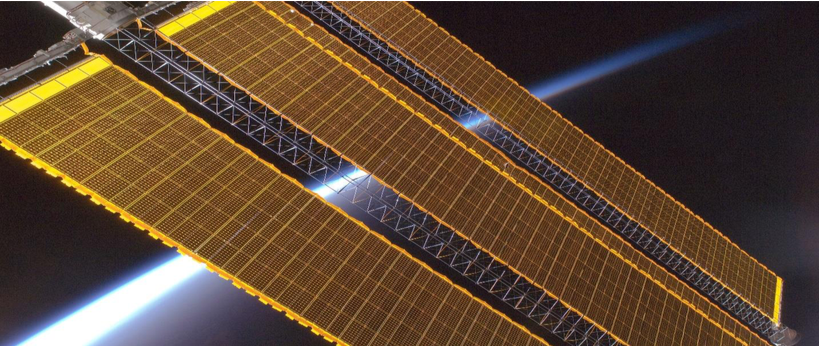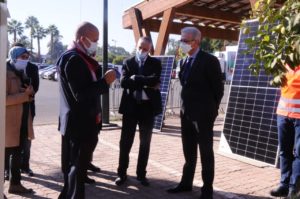The launch of many satellites into space has created a greater demand for high efficiency solar power solution GSHK’s Gallium Arsenide Solar Cells have stood up to provide such power. These satellites are powered by GSHK’s gallium arsenide solar cells and will carry various electromagnetic, radiation and inertial sensors for scientific analysis of the atmosphere.
These Sats are part of a program whose goal is to set a new standard for STEAM (Science, Technology, Engineering, the Arts and Mathematics) education in dozens of teams of high school and college students were engaged in the preparation of the satellite hardware and analysis. The satellites will be deployed into low earth orbit and allow live data transmission.
In the future, these Sats can be deployed into constellations and expanded to larger sizes for hosting larger payloads. The Sat Program is managed and funded by the Chinese government, and GSHK the provider of solar cells.
GSHK solar cells overcome these challenges because they are flexible, easy to encapsulate and mount, and provide high power conversion efficiencies. For example, GSHK cells can be mounted to low-mass deployable structures including coiled carbon fiber booms, flat-packed, polymer-based accordioned arrays, even inflatable structures, allowing creative design approaches to maximizing onboard solar power. GSHK is empowering autonomy, as its cells provide a new level of mechanical and design flexibility for the small satellite industry.




